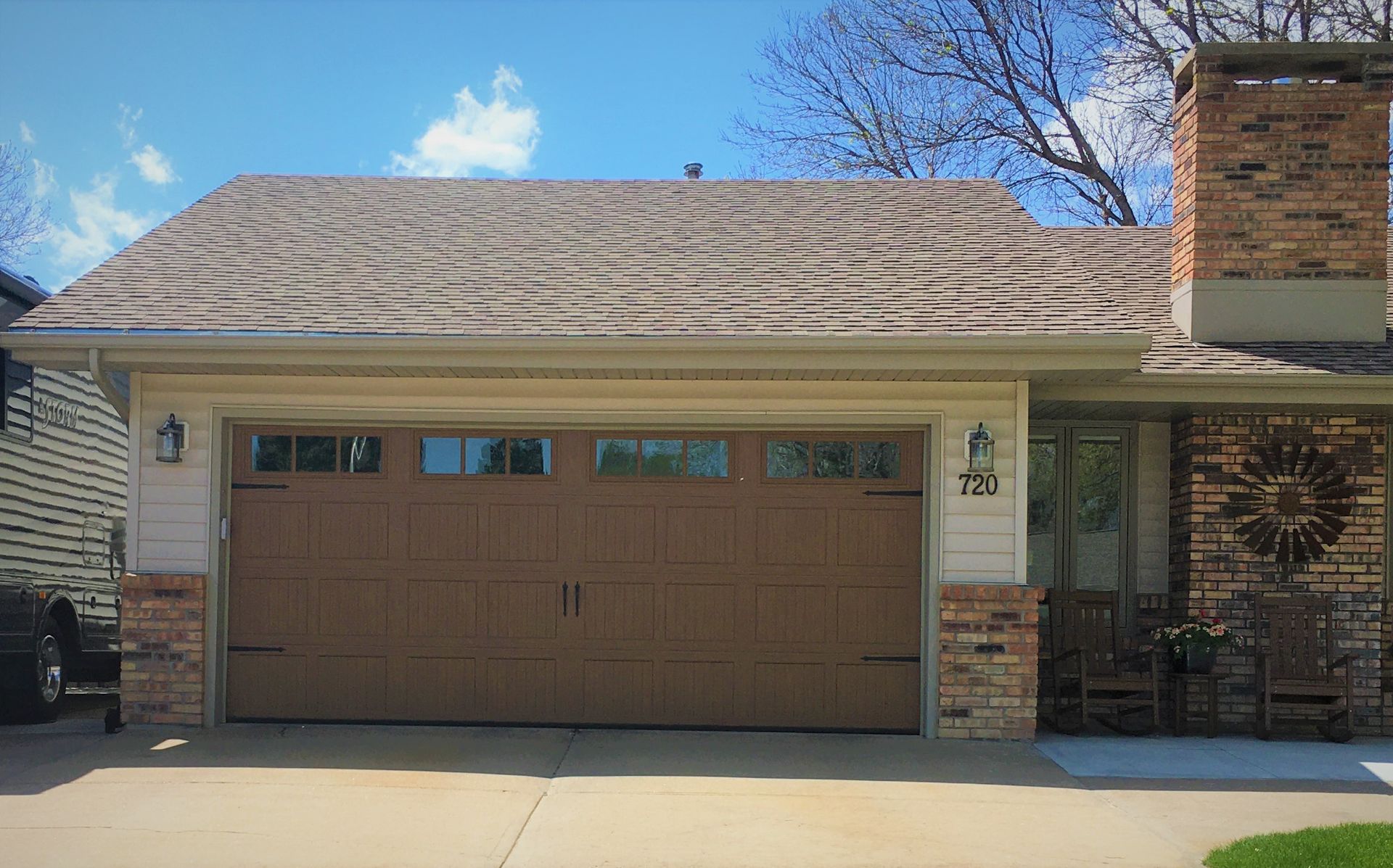Each season presents unique challenges for your roof. Whether it's the heat of summer or the chill of winter, knowing how weather affects your roof can help you protect it throughout the year. Here are some essential roofing tips.

The Effects of Rain, Snow, and Heat on Roofs
Heavy Rain: Persistent rain can lead to leaks, mold, and erosion if your roof isn’t properly sealed. Standing water can damage shingles and cause rot in wooden structures.
Snow and Ice Accumulation: Accumulated snow can put a heavy load on your roof, potentially causing it to sag or collapse. Ice dams form when melting snow refreezes at the roof's edge, blocking proper drainage.
Summer Heat: Heat can warp, crack, or buckle shingles, and the constant expansion and contraction of roofing materials in hot weather can weaken the roof’s structure over time.
Preparing Your Roof for Extreme Weather
Taking steps to protect your roof from extreme weather is essential. Here are some tips to keep your roof safe during harsh conditions:
- Clean gutters: Keep your gutters and downspouts clear of leaves and debris to prevent water from backing up during rain or snowmelt.
- Inspect shingles: Examine your shingles and replace any that are damaged or missing to prevent leaks and additional damage.
- Seal roof cracks: Check for and seal any cracks or gaps in your roof to prevent water intrusion during rain or snow.
- Inspect your insulation: Proper insulation helps keep your home energy-efficient and prevents the formation of ice dams.
Weathercraft’s Recommended Roof Inspections and Maintenance
We recommend getting a professional roof inspection at least twice annually—once in spring and once in fall. Our experts will assess any weather-related damage and provide recommendations for repairs to help your roof withstand extreme weather.